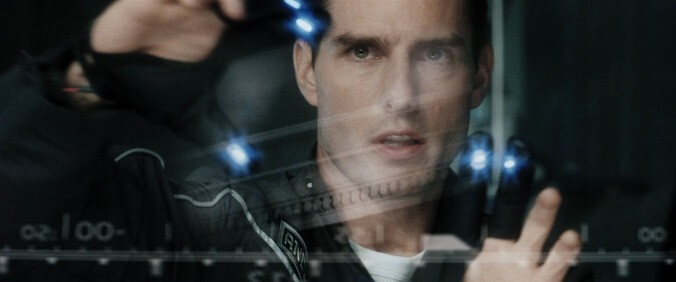How Steven Spielberg reinvented the whodunnit with Minority Report

Back in 2002, Tom Cruise and Steven Spielberg’s decades-long plan to work on a film together finally came to fruition in a flashy, cerebral, sci-fi thriller based on a Philip K. Dick short story, and audiences ate it up. Now, some fifteen years after Minority Report’s release, Cinephilia & Beyond has taken an exhaustive look at how the film came to be and what made it such a triumph. One running theme throughout the production seemed to be Spielberg’s desire to make an old school noir movie that looked and felt believably futuristic.
“I had John Huston in my ear,” the director said in one of the interviews compiled in the piece. “I went back and looked at The Maltese Falcon and Hawk’s The Big Sleep… They tried to keep you off-balance. They asked more questions than they could answer in those days.” In making Minority Report—a whodunnit mystery set in a world where criminals are convicted before they commit their crime thanks to the existence of three pre-cogs that can predict the future—Spielberg had a lot of questions to answer. But he managed to do it while also providing audiences with something spectacular to look at.
In 1999, Spielberg invited fifteen experts of science and culture to meet with him during a three-day “think tank,” during which he formulated his design ideas for the film, including the in-eye advertisements and Cruise’s character’s computer interface. He wanted the world of Minority Report to have a distinct futuristic feel but also seem plausible to audiences. The result was a movie that not only challenged viewers on a philosophical level, but engaged and entertained them on a visual level as well.
Read Cinephilia & Beyond’s full retrospective here, which includes a lengthy interview with screenwriter Scott Frank as well as some insights from Spielberg’s longtime cinematographer Janusz Kaminski.